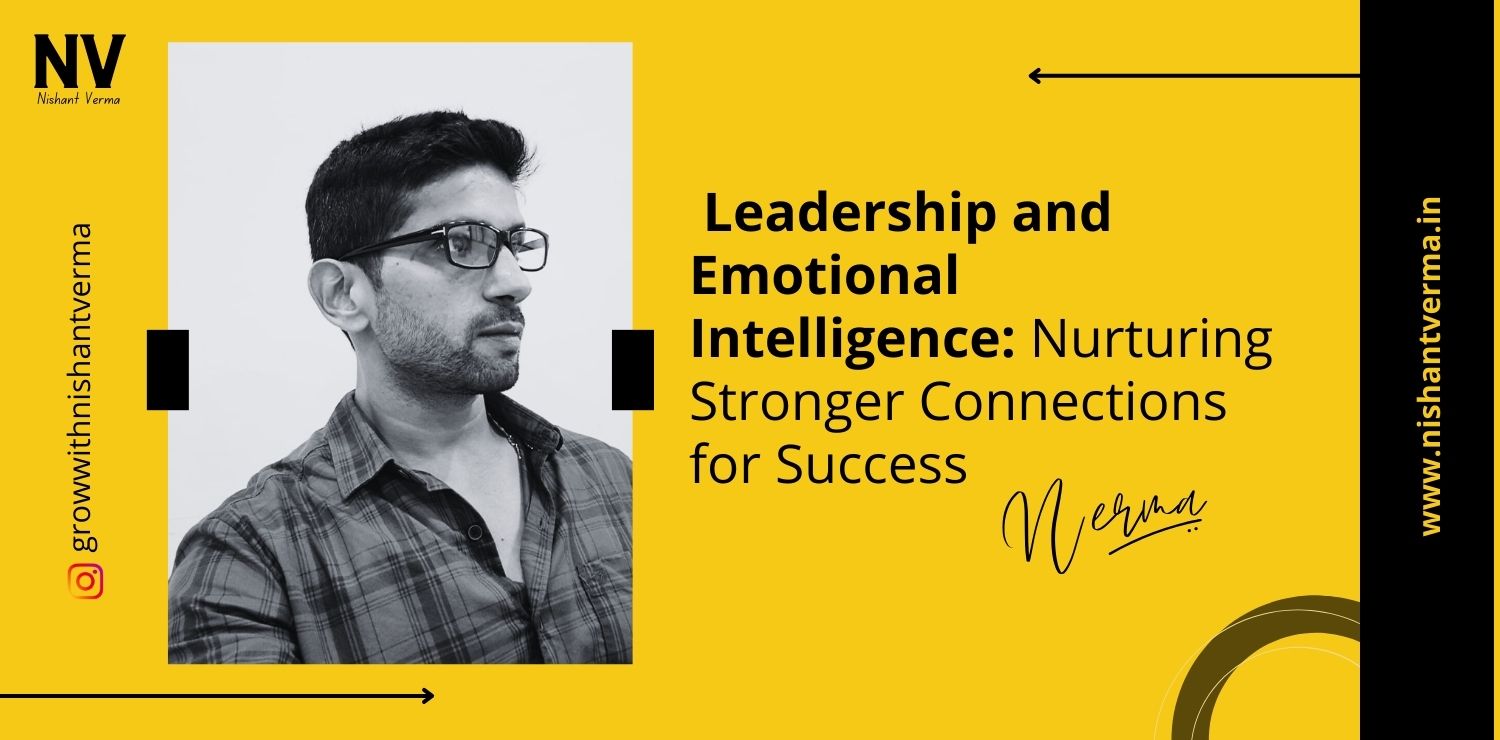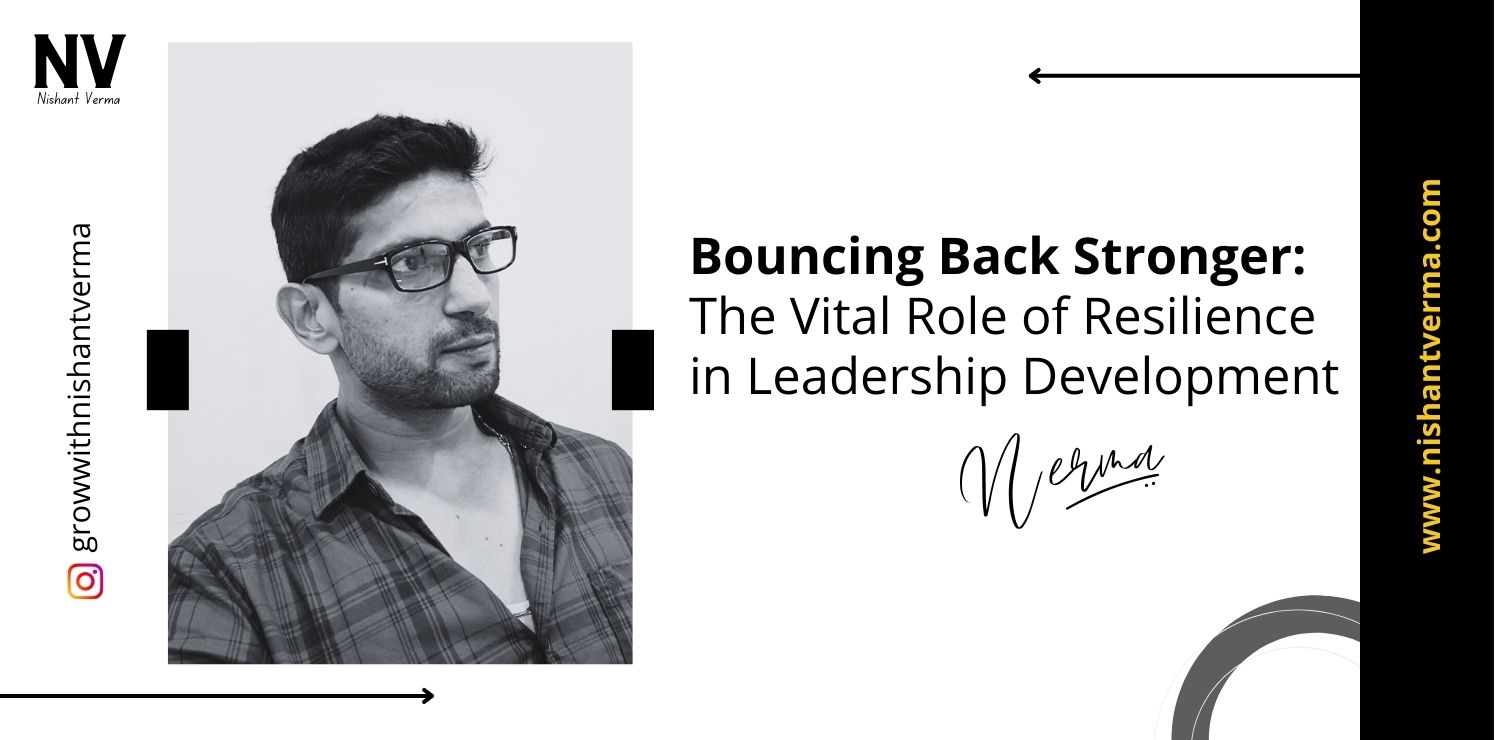In the vast landscape of organizations, leadership serves as the guiding force that shapes the culture within. This article is your guide to understanding the profound impact leadership has on organizational culture. Whether you’re a leader navigating the complexities of shaping a positive work environment or an aspiring leader eager to comprehend the dynamics at play, join us on this journey into the heart of how leadership influences the culture that defines our workplace experiences.

I. Understanding Organizational Culture
What is Organizational Culture:
It is the collective personality of a workplace. It encompasses the values, beliefs, behaviors, and practices shared among the members of an organization.
The Importance of Organizational Culture:
Organizational culture shapes how employees interact, make decisions, and view their work. A positive culture enhances employee satisfaction, engagement, and overall organizational performance.
Visible and Invisible Aspects of Culture:
Culture manifests in both visible aspects, like office rituals and dress code, and invisible aspects, such as shared beliefs and the way decisions are made. Both contribute to the overall cultural fabric.
II. The Role of Leadership in Shaping Culture
Leaders as Culture Architects:
Leaders are akin to architects shaping the blueprint of organizational culture. Their actions, decisions, and communication style create the foundation upon which the culture is built.
Leading by Example:
Leaders set the tone for the organization. When they embody the values they preach, it establishes a culture of authenticity and trust.
Communication and Transparency:
Effective communication is a cornerstone of culture. Transparent and clear communication from leadership fosters an environment where employees feel informed and valued.
Decision-Making and Accountability:
The way leaders make decisions and hold themselves accountable sets the standard for the entire organization. A culture of responsibility and fairness stems from leadership practices.
III. The Impact of Leadership Styles on Organizational Culture
Authoritarian Leadership:
Authoritarian leadership may create a culture of strict hierarchy and compliance. While it can lead to quick decision-making, it may stifle creativity and open communication.
Transformational Leadership:
Transformational leadership inspires and motivates. They often foster a culture of innovation, collaboration, and continuous improvement.
Servant Leadership:
Servant leadership prioritize the well-being of their team members. This style can cultivate a culture of empathy, support, and a shared commitment to success.
Democratic Leadership:
Democratic leadership involves employees in decision-making. This can result in a culture of inclusivity, where diverse voices are heard and valued.

IV. Building a Positive Organizational Culture
Defining Core Values:
Leaders play a pivotal role in defining and reinforcing core values. These values act as the compass guiding the organization’s culture.
Encouraging Collaboration:
Cultivating a culture of collaboration involves leaders fostering an environment where teams work together, share ideas, and collectively strive for success.
Recognition and Appreciation:
Leaders who recognize and appreciate their employees contribute to a positive culture. Acknowledging achievements and efforts creates a sense of value and motivation.
Learning and Development:
Leaders committed to learning and development signal to the organization that growth is essential. This can result in a culture that values continuous improvement and adaptability.
V. The Impact of Leadership Behavior on Employee Morale
Leadership Trustworthiness:
Trust is the bedrock of a positive workplace culture. Leaders who exhibit trustworthiness inspire confidence, creating an environment where employees feel secure and motivated.
Effective Communication:
Clear and open communication prevents misunderstandings and keeps employees informed. Leaders who communicate effectively contribute to a culture of transparency.
Recognition and Feedback:
Regular recognition and constructive feedback contribute to high morale. Leaders who make employees feel seen and appreciated foster a positive and motivated workforce.
VI. Real-World Examples of Leadership Impact on Culture
Elon Musk (Tesla and SpaceX):
Elon Musk leadership style emphasizes innovation and pushing boundaries. His influence has shaped a culture at Tesla and SpaceX that values disruption and forward thinking.
Sheryl Sandberg (Facebook):
Sheryl Sandberg, as Facebook’s COO, has been influential in fostering a culture that values collaboration and empowers employees to bring their authentic selves to work.
Richard Branson (Virgin Group):
Richard Branson leadership at Virgin Group is marked by a culture of creativity, risk-taking, and employee well-being. His emphasis on a positive work environment has impacted the culture across Virgin companies.

VII. Navigating Challenges to Positive Culture
Addressing Workplace Conflict:
Leaders must address conflicts promptly and fairly. Resolving conflicts contributes to a positive culture where employees feel supported in their professional relationships.
Adapting to Change:
Change is inevitable, and leaders must guide their teams through it. A positive culture embraces change as an opportunity for growth, and leaders play a crucial role in conveying this mindset.
Work-Life Balance:
Leaders promoting a healthy work-life balance contribute to a positive culture. Balancing the demands of work and personal life fosters well-being and job satisfaction.
VIII. Future Trends in Leadership and Culture
Remote and Hybrid Work:
The rise of remote and hybrid work will impact leadership and culture. Leaders will need to adapt their styles to effectively lead teams in diverse locations while maintaining a positive culture.
Emphasis on Employee Well-Being:
The future will likely see an increased emphasis on employee well-being. Leaders who prioritize the mental and physical health of their teams will contribute to a positive and supportive culture.
Diversity, Equity, and Inclusion:
The focus on diversity, equity, and inclusion will continue to shape leadership practices. Leaders who champion these values contribute to a culture that celebrates differences and fosters equality.
Conclusion
In the intricate dance between leadership and organizational culture, each step leaders take sends ripples across the workplace. Whether creating a positive, innovative, or inclusive culture, leaders hold the brush that paints the canvas of the organization’s identity. As you embark on your leadership journey or seek to refine your approach, remember that your actions, decisions, and values profoundly impact the culture within. Embrace the responsibility, lead with intention, and watch as your influence shapes a workplace culture that not only thrives but inspires every member to reach their full potential.




